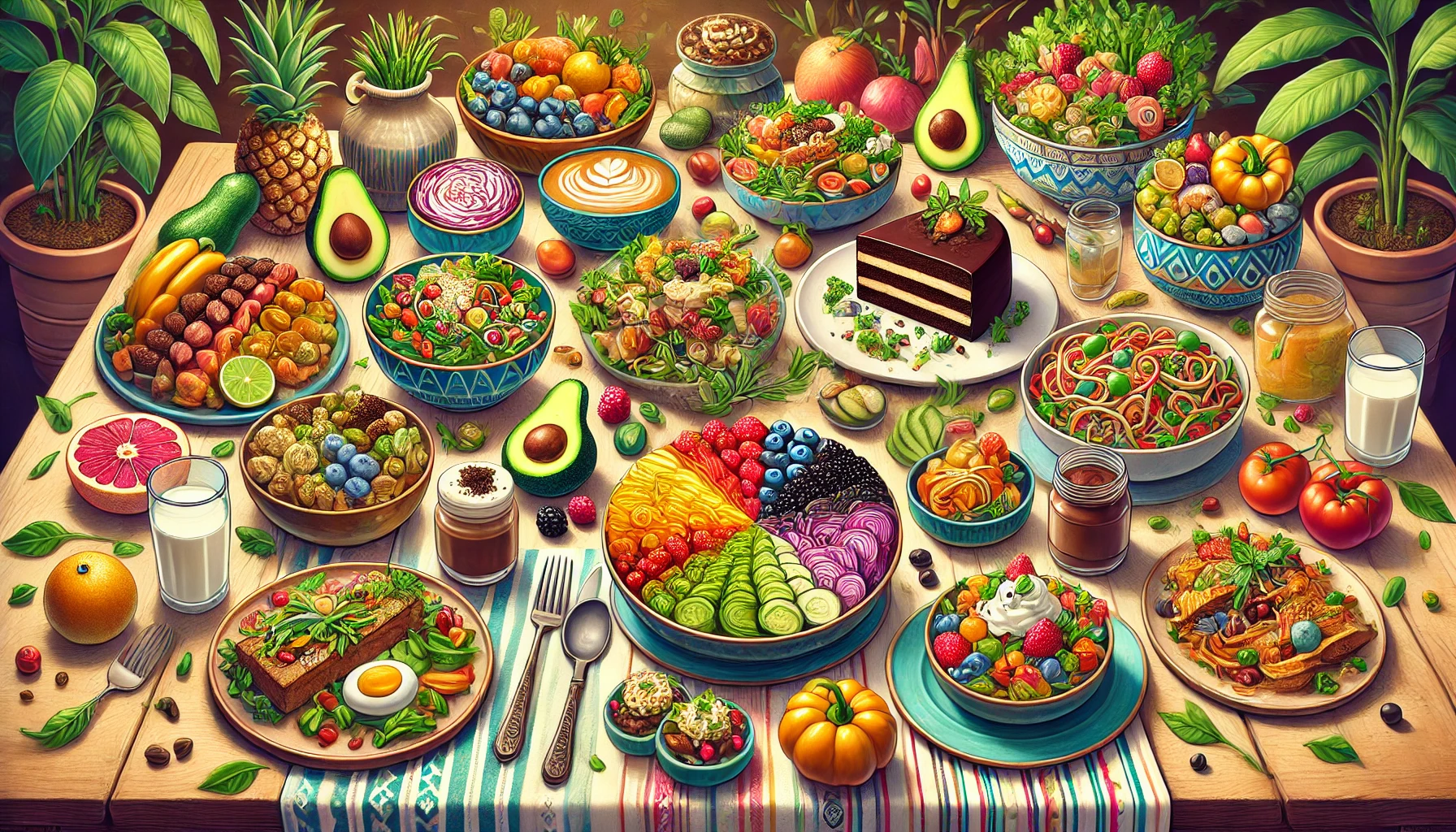As concerns about the environment grow globally, both consumers and businesses are seeking ways to decrease waste and reduce their ecological impact. Eco-friendly packaging provides a sustainable alternative to traditional materials, helping to minimize environmental damage. This article will discuss various types of eco-friendly packaging, their advantages, and how companies can adopt them to enhance their sustainability efforts.
Why Eco-Friendly Packaging is Important
Traditional packaging materials, such as plastics, have a significant negative impact on the environment. They contribute to pollution, greenhouse gas emissions, and harm wildlife. Much of the packaging waste is non-biodegradable plastic, which can take centuries to decompose. Adopting eco-friendly packaging solutions can:
- Reduce waste and pollution
- Conserve natural resources
- Lower carbon emissions from production and disposal
- Improve brand image by aligning with consumer values on sustainability
Using eco-friendly packaging benefits the planet and is a wise business move, as more consumers are focusing on sustainability when making purchases.
Types of Eco-Friendly Packaging Materials
Businesses now have a variety of sustainable packaging materials to choose from. Here are some effective and commonly used options:
Biodegradable Plastics
These plastics are designed to break down faster than traditional plastics and are often made from renewable resources like cornstarch or sugarcane. They decompose more readily, especially under certain conditions, reducing their long-term environmental impact.
Recycled Paper and Cardboard
Recycled paper and cardboard are among the most accessible eco-friendly materials. They are renewable, compostable, and suitable for different packaging needs, such as shipping boxes and product packaging. Many companies use recycled cardboard to reduce deforestation and conserve resources.
Plant-Based Materials
Plant-based materials like PLA (polylactic acid) are derived from cornstarch, sugarcane, or other organic resources. These materials are compostable, significantly lowering their carbon footprint and environmental impact. They are best used in environments with industrial composting facilities to ensure proper decomposition.
Mushroom Packaging
Mushroom packaging is an innovative and relatively new option. It is made by growing mycelium—the root structure of mushrooms—into a mold around agricultural waste. Once dried, this material becomes a strong, biodegradable alternative to Styrofoam, making it ideal for protective packaging.
Edible Packaging
Edible packaging is made from food-grade materials and can be consumed or naturally decomposed, reducing waste. Often made from ingredients like seaweed or potato starch, edible packaging is perfect for the food industry, offering unique and eco-friendly ways to package products without creating waste.
Biodegradable Bubble Wrap
Bubble wrap is commonly used but difficult to recycle. Biodegradable bubble wrap, made from recycled materials or biodegradable plastics, offers a sustainable alternative without compromising protective qualities.
Recycled Plastic
Although still plastic, recycled plastic reduces the demand for new plastic and supports the circular economy. It’s particularly useful for items requiring durability and waterproofing, such as beverage containers or cosmetic packaging.
Best Practices for Implementing Eco-Friendly Packaging
Transitioning to eco-friendly packaging requires strategic planning and an understanding of your product needs.
Best Practices to Consider
Assess Product Requirements
Identify the unique needs of your item. Determine if it requires cushioning, moisture protection, or thermal insulation. Choosing the appropriate eco-friendly material that fulfills these needs is crucial.
Conduct a Life Cycle Analysis
A life cycle analysis (LCA) assesses a product’s environmental impact from raw material extraction to disposal. This analysis helps pinpoint areas for packaging improvement and determines the most sustainable materials for your products.
Educate Consumers
Inform customers about the advantages of eco-friendly packaging. Provide labels or instructions on proper disposal or recycling of the packaging. Educating consumers can lead to more responsible disposal practices.
Opt for Minimalist Design
Using less packaging material is an effective way to reduce waste. Strive for minimalist designs that still offer sufficient protection and presentation for the product.
Partner with Green Suppliers
Collaborate with suppliers who prioritize sustainability. Look for certifications like Forest Stewardship Council (FSC) for paper products or Cradle to Cradle certification, ensuring materials can be reused or safely decomposed.
Encourage Reusability
Design packaging that can be repurposed, like sturdy bags or boxes. Reusable packaging is eco-friendly and adds value to the product by offering additional utility to the customer.
Benefits of Eco-Friendly Packaging for Businesses
Enhanced Brand Image
Consumers increasingly support brands committed to sustainability. Using eco-friendly packaging aligns with consumer values, boosting brand loyalty and reputation.
Cost Savings Over Time
Although the initial switch to sustainable packaging may be costly, many eco-friendly materials become cost-effective over time as demand increases and technology advances. Reducing packaging waste and material costs can also result in savings.
Regulatory Compliance
Many countries are enacting stricter regulations on waste and packaging materials. Adopting eco-friendly packaging helps businesses comply with these regulations and stay ahead of potential legislative changes.
Competitive Advantage
Eco-friendly packaging allows businesses to stand out in a crowded market. Consumers often prefer companies that prioritize the environment, giving sustainable brands a distinct edge.
Challenges and Considerations
Higher Initial Costs
Some eco-friendly materials may be more expensive initially. However, businesses might offset these costs through operational savings and customer support for sustainable products.
Availability of Materials
Not all sustainable materials are easily accessible, especially for specialized applications. This can affect supply chains and make it challenging for some businesses to adopt eco-friendly options at scale.
Consumer Perception and Education
Not all consumers understand the benefits or proper disposal methods for eco-friendly packaging. Businesses should educate their customers to prevent confusion and maximize the advantages of sustainable materials.
Real-World Examples of Eco-Friendly Packaging
IKEA
IKEA has switched from polystyrene to mushroom-based packaging for some products, providing a biodegradable alternative to traditional foam. # Eco-Friendly Packaging Initiatives
Lush Cosmetics
Lush adopts a minimalistic approach to packaging and motivates customers to bring back containers for reuse. Numerous items are sold without any packaging at all, referred to as “naked” products.
Patagonia
Patagonia employs recycled materials for its packaging and delivers products in minimalistic, compostable bags, reflecting its environmentally conscious image.
Unilever
Unilever has pledged to cut down its plastic usage and increase the proportion of recycled plastic in its packaging. The company also aims for all its packaging to be reusable, recyclable, or compostable by 2025.
The Future of Eco-Friendly Packaging
As technological advancements continue, innovative solutions in eco-friendly packaging are emerging, such as:
- Smart Packaging: Utilizing biodegradable sensors to track food freshness, potentially reducing food waste and extending shelf life without extra materials.
- Algae-Based Plastics: Creating biodegradable plastic alternatives from algae, which have a lower carbon footprint and decompose faster than conventional plastics.
- Biodegradable Coatings: Developing edible and biodegradable coatings for fresh produce, offering an alternative to plastic wraps and helping to keep food fresh longer.
Conclusion
Eco-friendly packaging is not just a passing trend but a vital component of a sustainable future. By integrating sustainable materials, companies can lessen their environmental footprint, resonate with consumer values, and gear up for a greener and more responsible economy. With the continuous growth of innovations in eco-friendly packaging, businesses now have ample opportunities to make environmentally conscious decisions that benefit both their financial outcomes and the planet.







Leave a Reply